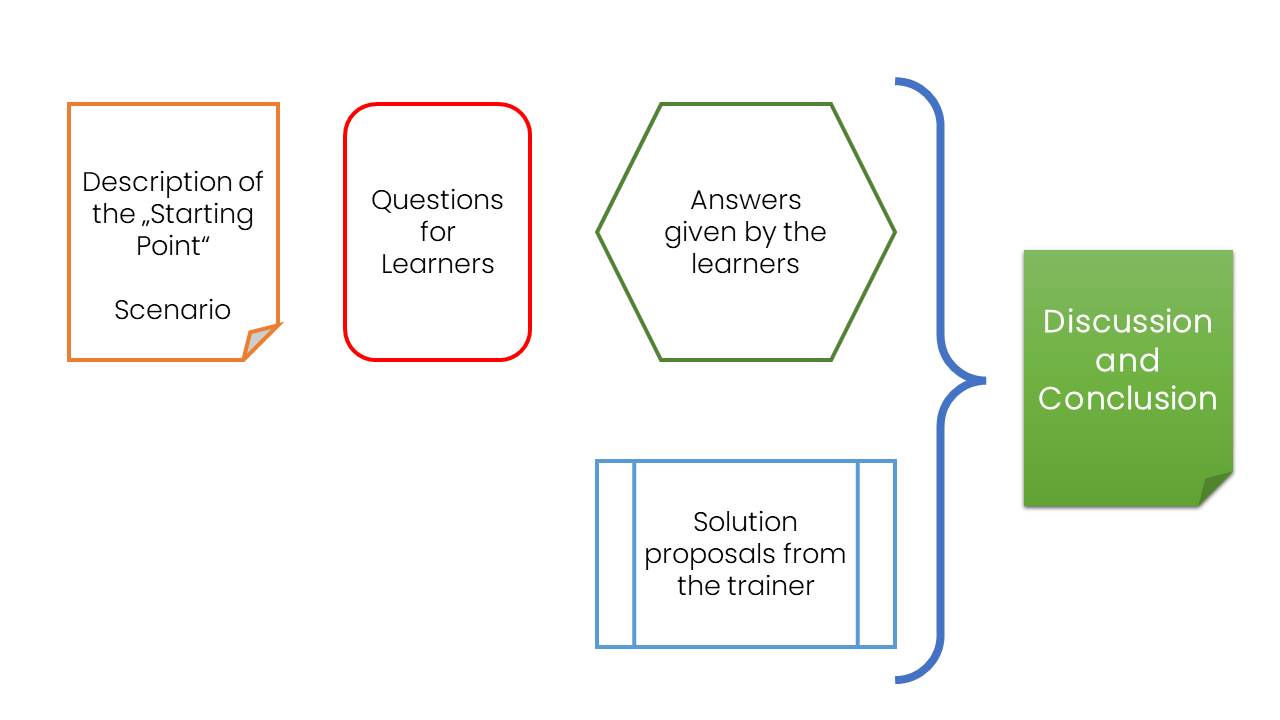In the world of learning, a case study acts as a springboard for exploring real-world situations. Imagine it as a story that unfolds a challenge or decision faced by a real person, company, or organization. By delving into this case, learners embark on a journey of active learning. They can bridge the gap between theory and practice, witnessing how the concepts learned in class come alive in real-world scenarios.
This analysis fosters critical thinking skills, as learners grapple with the information presented, identify the core issues, and evaluate different perspectives. It’s also a chance to hone problem-solving abilities. Learners get to explore potential solutions and analyse their potential consequences. Ultimately, this process strengthens decision-making skills. Case studies equip learners to consider various factors and arguments before forming their own well-rounded opinions.
The beauty of case studies is their versatility. They can be applied across a wide range of subjects, from business and law to medicine. By incorporating these engaging tools, educators can make learning more interactive and prepare students for the complexities they’ll encounter in the real world.
Basis approach to case studies
A case study is a detailed examination of a particular issue, situation, or problem in a real-life or hypothetical scenario, used especially for training or educational purposes. It often mirrors a real-world situation in which individuals must apply their knowledge and critical thinking skills to solve complex problems. Here’s a structured breakdown of how a case study is generally organized and presented in educational or professional training contexts:
1. Description of the Case Study
The case study begins with a comprehensive description of the scenario. This part includes the background information necessary to understand the context of the problem. It might cover details such as:
- The historical background or timeline of events.
- The key figures, organizations, or elements involved.
- Specific challenges or issues faced by the entities involved.
- Relevant data or statistics that shed light on the problem.
This section sets the stage for the learners by presenting them with all the essential information needed to analyse the situation critically.
2. Questions for the Learner
Following the description, learners are typically presented with a series of questions related to the case. These questions are designed to guide their analysis and encourage deeper thinking about the situation. Examples of such questions could include:
- What are the main problems or challenges presented in the case?
- What factors contributed to the situation?
- How do various theories or concepts apply to this real-world scenario?
- What would have been a different outcome if certain decisions had been made differently?
These questions aim to focus the learner’s attention on key aspects of the case and stimulate analytical thinking.
3. Development of Solutions by the Learner
At this stage, learners work on developing solutions or strategies to address the issues identified in the case study. This is an interactive phase where learners may:
- Discuss potential solutions in groups or forums.
- Apply theoretical knowledge or practical skills to devise solutions.
- Analyze the pros and cons of different approaches to the problem.
Learners are encouraged to be creative and critical, using evidence from the case and applying their knowledge from their studies or professional experiences.
4. Proposals for Solutions by the Trainer
After the learners have attempted to address the case study problems, the trainer or educator often provides feedback on the learners‘ proposed solutions and may offer their proposals. This stage includes:
- A review of the learners‘ answers to the case study questions.
- An evaluation of the feasibility and effectiveness of the solutions developed by the learners.
- Additional insights or alternative solutions that may not have been considered by the learners.
The trainer’s role is to facilitate learning by reinforcing correct approaches, clarifying misconceptions, and highlighting aspects of the case that may not have been fully explored by the learners.
Conclusion
Case studies offer learners a treasure trove of benefits. By diving into real-world scenarios, they bridge the gap between theory and practice. Learners see how the concepts they study play out in messy, unscripted situations. This analysis ignites critical thinking as they dissect information, identify key issues, and weigh various perspectives. Case studies are also a training ground for problem-solving, allowing learners to explore potential solutions and their consequences. Ultimately, this process hones decision-making skills, equipping learners to consider diverse factors before forming an opinion.
However, case studies aren’t without their obstacles. The information presented in a case study might be limited, making it difficult to draw generalizable conclusions. Additionally, the case itself might be biased, reflecting a particular viewpoint. Despite these limitations, case studies remain a powerful tool, offering learners a rich and engaging way to grapple with real-world complexities.

